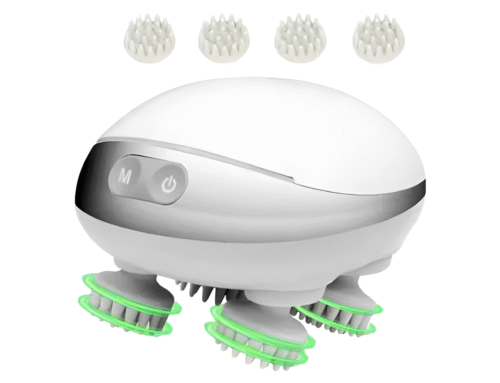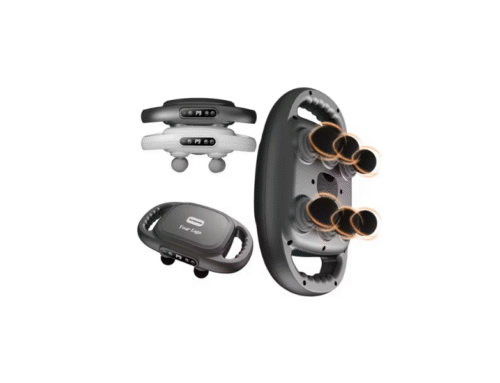When it comes to neck and shoulder massagers, the choice between brushless motors and brushed motors can significantly affect the product’s performance, durability, and overall user experience. Here’s a comparison of both:
Brushed Motors
Advantages:
Cost-effective: Typically cheaper to produce, making devices with brushed motors more affordable.
Simplicity: Easier to understand and work with due to their simpler design.
Disadvantages:
Less efficient: Generally less energy-efficient than brushless motors, leading to faster battery depletion in portable devices.
Maintenance: The brushes experience wear over time, which may require replacement and result in reduced lifespan.
Noise: Often noisier due to the friction between brushes and the commutator.
Brushless Motors
Advantages:
Higher efficiency: More energy-efficient, resulting in longer usage times and better performance from batteries.
Durability: Fewer moving parts mean less wear and tear, translating to a longer lifespan and reduced maintenance needs.
Quieter operation: Operates more quietly because it doesn’t have brushes that create friction.
Better heat dissipation: Generates less heat, which can be beneficial for prolonged use.
Disadvantages:
Cost: Generally more expensive to manufacture, which can increase the overall cost of massage devices.
Complexity: More complex design, which might make repairs more challenging.
Conclusion
For neck and shoulder massagers, brushless motors are often preferred due to their efficiency, durability, and quieter operation. However, if cost is a significant factor, brushed motors might still be a viable option for budget-conscious consumers. Ultimately, the choice depends on individual priorities such as budget, desired performance, and longevity of the device.




Etiam imperdiet imperdiet orci. Aenean tellus metus, bibendum sed, posuere ac, mattis non, nunc. Nullam quis ante. Sed mollis, eros et ultrices tempus, mauris ipsum aliquam libero, non adipiscing dolor urna a orci. Ut a nisl id ante tempus hendrerit.